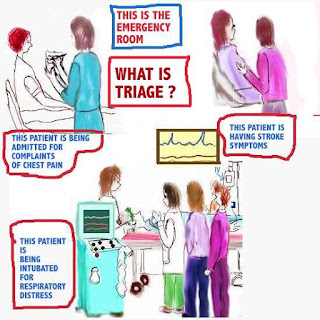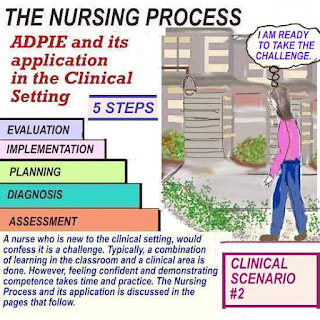UNDERSTANDING ECHOCARDIOGRAM AND CARDIAC CATHETERIZATION - QUIZ QUESTIONS
Scenario: Ron is transferred to CCU. The cardiologist in CCU (Coronary Care Unit)
ordered an echocardiogram and cardiac catheterization.
An echocardiogram is performed using ultrasound. It can provide information such
as heart valve disease, blood clots, and more. The ejection fraction (the amount of
blood ejected from the left ventricle each time the heart contracts) is also measured.
There are different types of echocardiograms.
The one described above is the standard kind. The Transesophageal Echocardiogram
(TEE) is done using the esophageal approach. Dopamine stress echocardiogram is yet
another type which may be done.
Cardiac catheterization is a valuable diagnostic tool. It is performed in a special
laboratory. A small catheter is inserted into the heart via the arm or groin. It is
an invasive procedure and is done under fluroscopy. Contrast dye may be used.
Sedation is given prior. The vital signs and oxygen saturation are documented
before, during, and after. A consent is needed from patient or guardian.
The test helps to determine conditions such as obstruction to blood flow, heart
pressures, and more.
laboratory. A small catheter is inserted into the heart via the arm or groin. It is
an invasive procedure and is done under fluroscopy. Contrast dye may be used.
Sedation is given prior. The vital signs and oxygen saturation are documented
before, during, and after. A consent is needed from patient or guardian.
The test helps to determine conditions such as obstruction to blood flow, heart
pressures, and more.
Quiz questions
1. What is the purpose of the echocardiogram?
2.What are the different types of echocardiograms?
2.What are the different types of echocardiograms?
3. How is a cardiac catheterization performed?
4. What can be learnt from cardiac catheterization?
4. What can be learnt from cardiac catheterization?
Hemodynamics and its meaning
Hemodynamics refers to blood flow.
The heart is a pump, which pumps blood around the body.
If there is damage, like a myocardial infarction, the heart's
function will be impaired.
If there is damage, like a myocardial infarction, the heart's
function will be impaired.
Learn more : Hemodynamics
Learn more about: Triage






Comments
Post a Comment